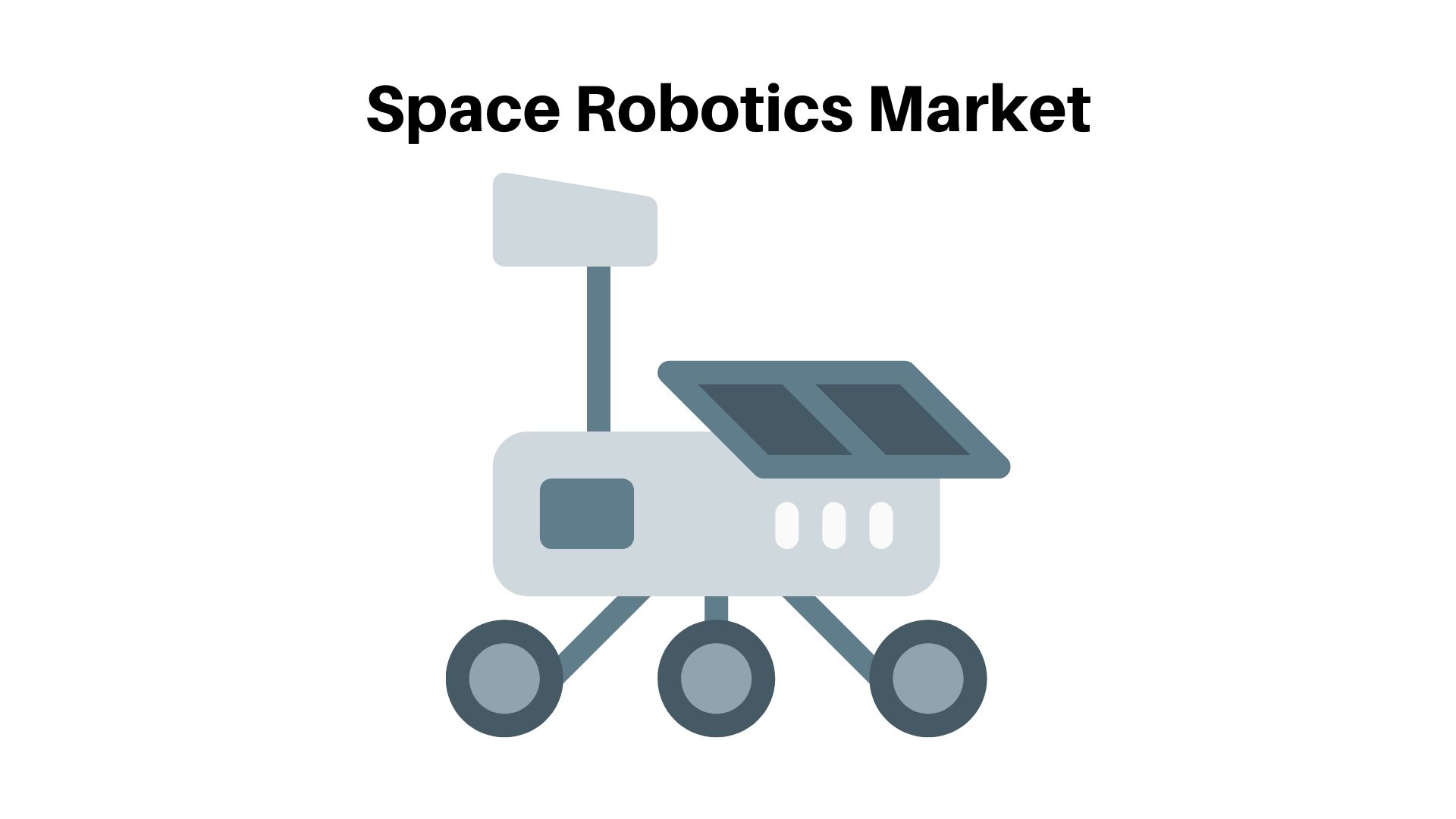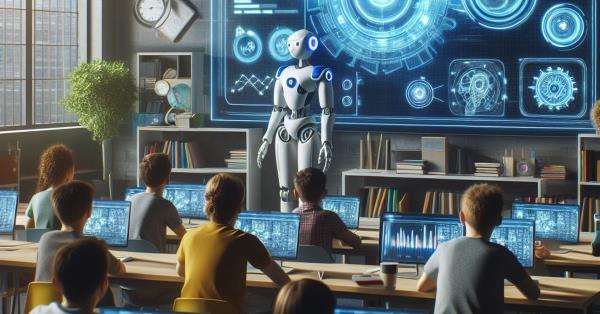Space Robotics Market to Reach USD 8.8 billion by 2032

Page Contents
Market Overview
Published Via 11Press: In 2022, the space robotics market was estimated to be worth USD 4.6 billion and reach its peak value of USD 8.8 billion by 2032 with a compound annual growth rate (CAGR) of 6.9% between 2022 and 2032.
The space robotics market refers to the application of robots in space exploration, including satellite servicing, mining operations, and planetary exploration. With the increasing demand for space exploration, rising automation in this sector, and advances in robotics technology driving growth within this market.

Key Takeaways
- The global space robotics market is expected to experience significant growth between 2021-2028.
- This demand is being fuelled by an increase in space exploration activities as well as rising automation within the space industry.
- The market is segmented based on components (hardware and software), applications (satellite servicing, space exploration, and others), and regions (North America, Europe, Asia Pacific, and the Rest of the World).
- North America is expected to lead the space exploration market due to the presence of leading space organizations like NASA and an increase in investments in space exploration activities.
- The hardware component segment is expected to dominate the market share due to increasing demand for robotic arms and rovers in space exploration activities.
- This market is characterized by fierce competition between players, with major companies investing heavily in research and development activities to develop cutting-edge robotics technology.
Drivers, trends, and challenges have an impact on market dynamics, which can impact businesses. Request for PDF sample report
Regional Snapshot
North America is expected to lead the space robotics market during the forecast period due to leading organizations such as NASA and increasing investments in space exploration activities. Europe also anticipates significant growth from space robotics technology adoption there. Asia Pacific region is projected to experience the highest growth rate during this time due to countries like China and India increasing their investments in space exploration activities.
Drivers
- Growing Demand for Satellite-Based Services: With the rising demand for satellite-based solutions such as communication, navigation, and remote sensing, the space robotics market is expected to expand rapidly.
- Technological Advancements: The development of advanced technologies like artificial intelligence (AI), machine learning (ML), and computer vision is allowing for the production of more effective and advanced space robots.
- Increased Investments in Space Exploration: Governments and private organizations are investing heavily in space exploration, which is fueling the growth of the space robotics market.
- Space Debris Removal: There is an increasing need for space debris removal, necessitating the use of advanced space robots.
- Space Mining Boom: The growing global need for rare earth metals and minerals is driving space mining activity, which requires advanced space robots.
Restraints
- High development costs: Constructing space robots is an expensive and time-consuming process, which could limit the growth of this market.
- Limited Infrastructure: Space robot development and deployment may face difficulties due to a lack of proper infrastructure in space, such as power and communication systems.
- Regulatory Challenges: The space industry is heavily regulated, which could pose obstacles to the development and deployment of space robots.
- High Risk: Space exploration is a highly risky endeavor, and the failure of a space robot mission could have devastating results.
- Lack of Skilled Personnel: In the space industry, there is a shortage of qualified workers that could hinder the development and deployment of space robots.
Opportunities
- Satellite servicing and maintenance operations will see an uptick.
- Governments and private entities are investing more heavily in space exploration and research, leading to an expanding need for efficient, dependable space robotics systems to support various space applications.
- Increased demand for small satellites and CubeSats
- Expansion of commercial space exploration and tourism businesses.
Challenges
- High development costs associated with space robotics technology
- Complex design requirements due to harsh space environments and limited human intervention
- Shortage of skilled personnel for the development and maintenance of space robotics systems.
- Government regulations and policies related to space exploration and research
- Extensive competition from established players as well as new entrants in the market
Recent Developments
- NASA's Perseverance rover successfully landed on Mars in February 2021, marking an important milestone in space robotics.
- The European Space Agency's ExoMars mission will launch a rover and surface platform onto Mars by 2022 to explore the Red Planet further.
- Japan's space agency, JAXA, launched its first asteroid sample return mission, Hayabusa2, using a robotic arm to collect samples from an asteroid and return them to Earth.
- SpaceX successfully launched the Crew Dragon spacecraft with NASA astronauts aboard, making it the first privately developed spacecraft to carry humans to the International Space Station.
- Blue Origin, founded by Jeff Bezos as a spaceflight company, unveiled an experimental lunar lander concept that uses robotic arms to deliver payloads and conduct experiments on the Moon.
Key Market Segments
Type
- Deep Space
- Near Space
- Ground
Application
- Space Agencies
- Departments of Defense
- Satellite Operators/Owners
- Launch Service Providers
- Others
Key Market Players
- Altius Space Machines
- Astrobotic Technology
- Olis Robotics
- Effective Space Solutions
- Honeybee Robotics
- Ispace
- Made in Space
- Maxar Technologies
- Metecs
- Northrop Grumman
- Motiv Space Systems
- Stinger Ghaffarian Technologies (SGT)
- Space Applications Services
Report Scope
| Report Attribute | Details |
| The market size value in 2022 | USD 4.6 Bn |
| Revenue forecast by 2032 | USD 8.8 Bn |
| Growth Rate | CAGR Of 6.9% |
| Regions Covered | North America, Europe, Asia Pacific, Latin America, and Middle East & Africa, and Rest of the World |
| Historical Years | 2017-2022 |
| Base Year | 2022 |
| Estimated Year | 2023 |
| Short-Term Projection Year | 2028 |
| Long-Term Projected Year | 2032 |
Frequently Asked Questions
Q: What is space robotics?
A: Space robotics refers to the design, development, and deployment of robotic systems for space exploration and research.
Q: What applications of space robotics are there?
A: Space robotics have many uses, such as satellite servicing and maintenance, planetary exploration, debris removal from orbit, and assembly and construction of space structures.
Q: What are the different types of space robotics systems?
A: Space robotics systems include rovers, manipulator arms, spacecraft, and drones.
Q: What is the future of the space robotics market?
A: The space robotics market is expected to experience significant growth over the coming years due to increasing investments in space exploration and research, rising demand for satellite servicing and maintenance, as well as expansion of commercial space exploration and tourism activities.
The team behind market.us, marketresearch.biz, market.biz and more. Our purpose is to keep our customers ahead of the game with regard to the markets. They may fluctuate up or down, but we will help you to stay ahead of the curve in these market fluctuations. Our consistent growth and ability to deliver in-depth analyses and market insight has engaged genuine market players. They have faith in us to offer the data and information they require to make balanced and decisive marketing decisions.


